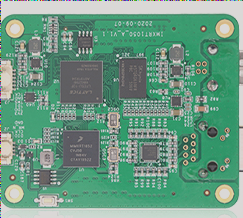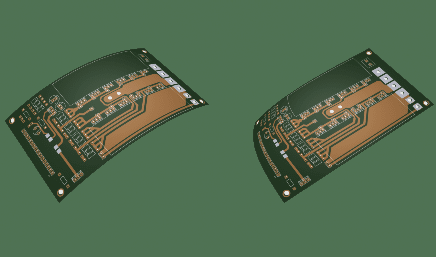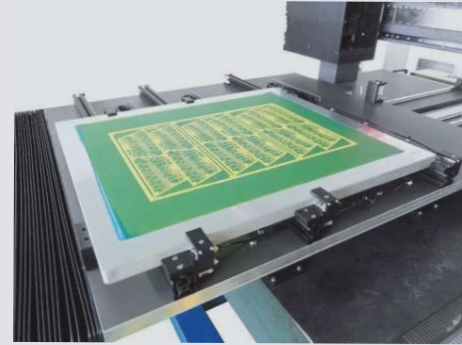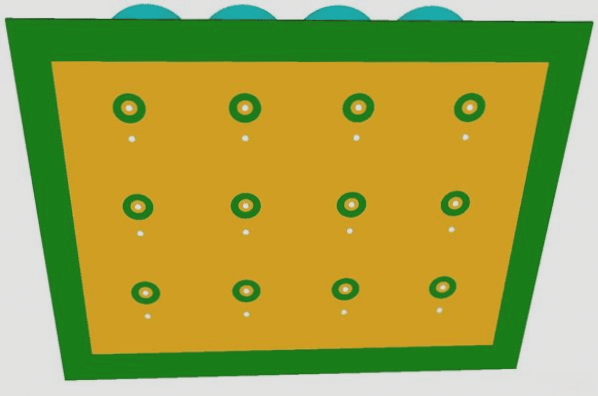The Power of Copper Pour in PCB Design
Copper pour is a widely used technique in PCB design, where unused areas of the board are filled with a solid copper layer. This process, also known as copper coating, offers numerous benefits such as reducing interference, improving power efficiency, and enhancing the overall appearance of the circuit board.
Benefits of Copper Coating
- Enhances power efficiency
- Reduces high-frequency interference
- Improves the appearance of the board
Choosing Between Large-Area and Grid Copper Pour
When deciding between large-area copper pour and grid copper pour, it’s essential to consider the specific requirements of your PCB. While grid copper is ideal for high-frequency circuits with strict anti-interference needs, full copper pours are often preferred for low-frequency circuits with high current demands.
Precautions for Copper-Clad Wiring
When working with copper-clad wiring, it’s crucial to pay attention to safety spacing settings. Ensuring the correct safety distance for copper-clad areas can prevent DRC errors and optimize the performance of your PCB.
Key Considerations:
- Define a separate safety distance rule for copper pouring
- Consider doubling the safety distance after routing before pouring copper
- Utilize custom rules in the PCB design software to manage safety distances effectively
Optimizing Copper Filling Process
Applying copper on the reverse side of a double-sided PCB and connecting it to the ground can significantly reduce interference, expand ground wire coverage, and decrease impedance. It’s essential to pour copper after most of the PCB routing is completed to achieve optimal results.
Additional Tips:
- Ensure proper ground trace routing
- Evaluate network properties of vias and pads within the copper pour area
- Consider the heat dissipation advantages of grid copper over large-area pours
Conclusion
Copper pouring is a critical aspect of PCB design that can enhance performance, reduce interference, and improve overall efficiency. By following best practices and considering key factors such as safety spacing and grounding techniques, designers can create high-quality circuit boards that meet the demands of modern electronic applications.

PCB Design Tips and Best Practices
Make sure to follow these important guidelines for efficient PCB design:
1. FullQuery Display Adjustment:
Update “IsPolygon” to “InPolygon” in the FullQuery display and review the copper safety gap in the Constraints section. Some experts suggest that routing rules should take priority over copper pour rules to ensure compliance with safety spacing. To address this, consider adding an exception for copper pours in the routing safety spacing rules within the “FullQuery” section. Alternatively, adjust the priorities directly in the rule settings by increasing the priority of the copper-clad safety spacing rule, allowing it to take precedence over the routing safety spacing rule for seamless rule interaction.
2. PCB Copper-Clad Line Width Setting:
When choosing between “Hatched” or “None” modes, pay attention to the “TrackWidth” field. If the default 8 mil width is selected and the minimum line width for the network connected to your copper pour exceeds 8 mil, it may result in a DRC error. Many overlook this detail, leading to multiple DRC errors post-copper pour. Be vigilant about this setting to avoid such issues.
If you require any assistance with PCB manufacturing, feel free to contact me.




